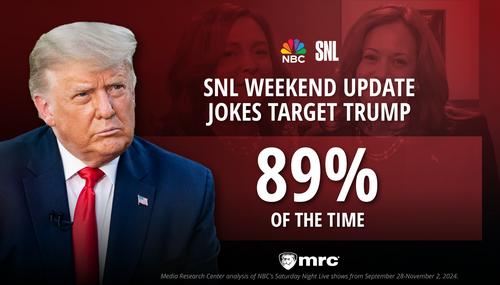Following up on one aspect of Cavuto's rout of Krugman on Fox News yesterday (covered overall by Noel Sheppard earlier today here at NewsBusters) --
Cavuto elicited this stunningly out-of-touch statement from Krugman about the situation for the average person and the middle class that is obviously not true (excerpt is at the end of this Hot Air clip):
Cavuto: .... You're saying that it's somehow dramatically worse now than it was 10 years, 20 years ago?
Krugman: It is dramatically worse now than it was 10 or 20 years ago.
Horse manure, Paul, and here's the proof. The figures below are from the Census Bureau, and show real (inflation-adjusted) income from 1985-2005 (bottom half of data at linked page):
Paul, you're supposedly a smart guy, so follow me here:
- Every 2005 quintile's real income is higher than that of 1985, and of 1995 (remember, Krugman didn't just say "not improving," he said "dramatically worse").
- Based on data released so far this year, data showing that real incomes have increased this year, every 2006 quintile's real income will come in higher than that of 1996, and of 1986.
Additionally, since these are gross income (pre-tax) figures, the following points must be made:
- Income taxes are lower, especially in the bottom two quintiles, thanks to lower rates put into place in 2001 and 2003 plus the expansion of the Earned Income Tax Credit.
- Thanks to someone Paul Krugman and others love to hate (Wal-Mart), very many of the things that people buy are a great deal less expensive than they were 10-20 years ago. This paragraph, cited at this earlier BizzyBlog post, from Pete DuPont's November 22 OpinionJournal.com column bears repeating, and re-repeating:
A recent Global Insights analysis concludes that Wal-Mart’s 1985-2004 expansion of sales resulted in a 9.1% drop in the price of food at home, a 4.2% drop in the price of other goods and commodities, and a 3.1% decline in consumer prices overall, saving the average working family about $2,329 per year. And with that came a net increase of 210,000 Wal-Mart jobs in 2004 alone.
That $2,329 is a very big percentage of the income of the bottom two quintiles, and turns what appear to be relatively nominal gains in those income groups into undeniably major improvements. UPDATE (added 11:15 p.m.): Even if the lower quintiles spend substantially less on average on the items involved, the dollars saved are still going to be a pretty high percentage of the $2,329 (after the all, the items described are usually referred to as “necessities).
Krugman is the economist New York Times readers rely on for information on what is really happening in business and the economy. Chalk up this area as yet another in which Times readers are very poorly served.
Cross-posted at BizzyBlog.com.





